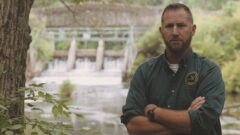Special Weather Statement issued October 31 at 12:44PM CDT by NWS
Current Watches, Warnings and Advisories for Brown (WIC009) Wisconsin Issued by the National Weather Service
https://alerts.weather.gov/cap/wwacapget.php?x=WI1266676D3500.SpecialWeatherStatement.1266676D77CCWI.GRBSPSGRB.afc8e87e6c80db8a22a2ffbdb408f41d

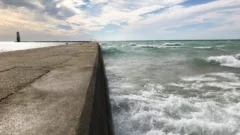
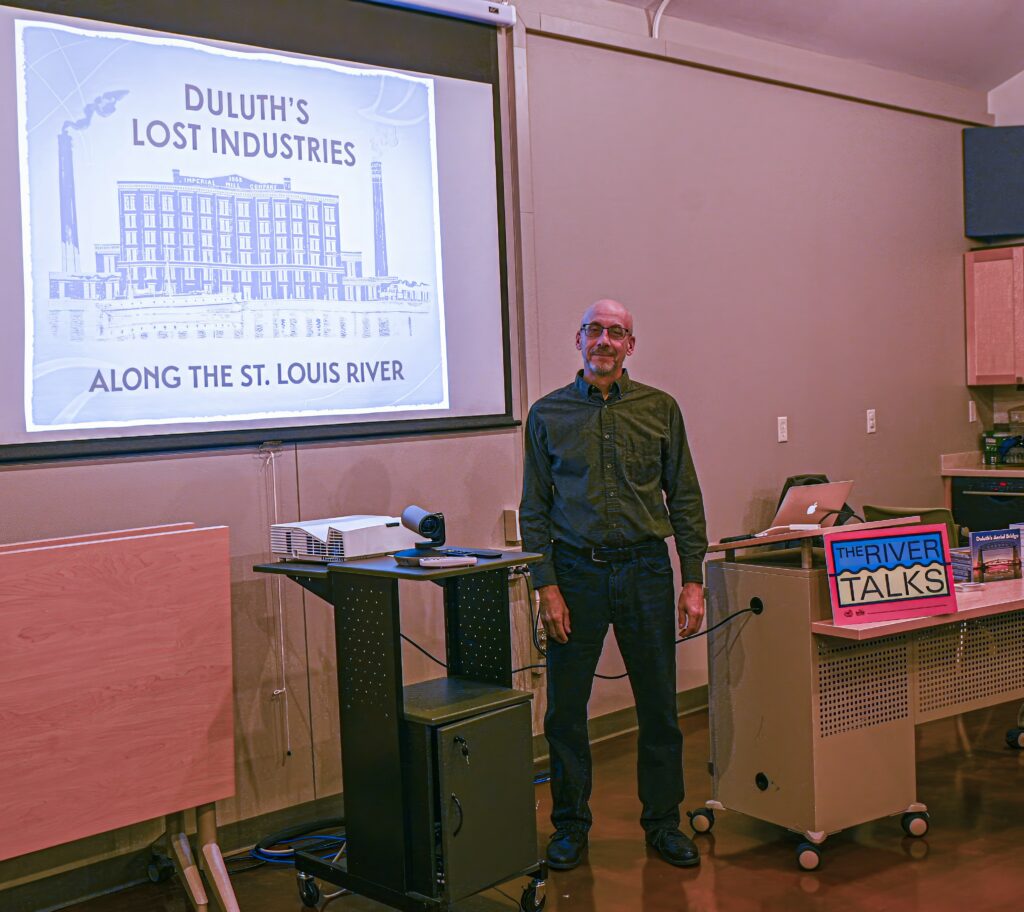
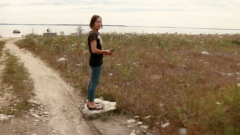
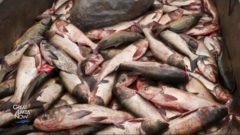




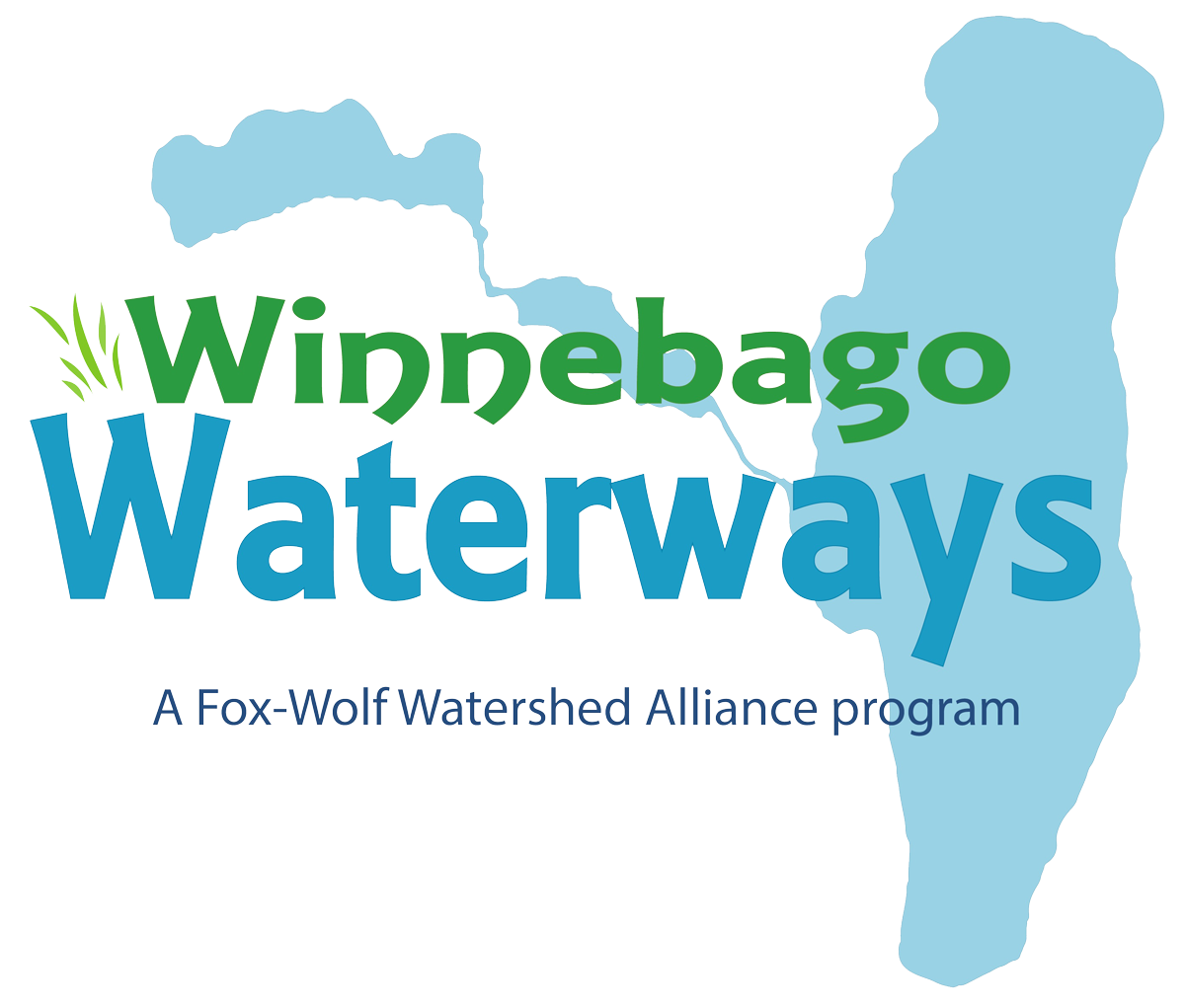

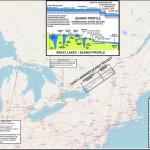
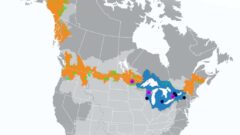
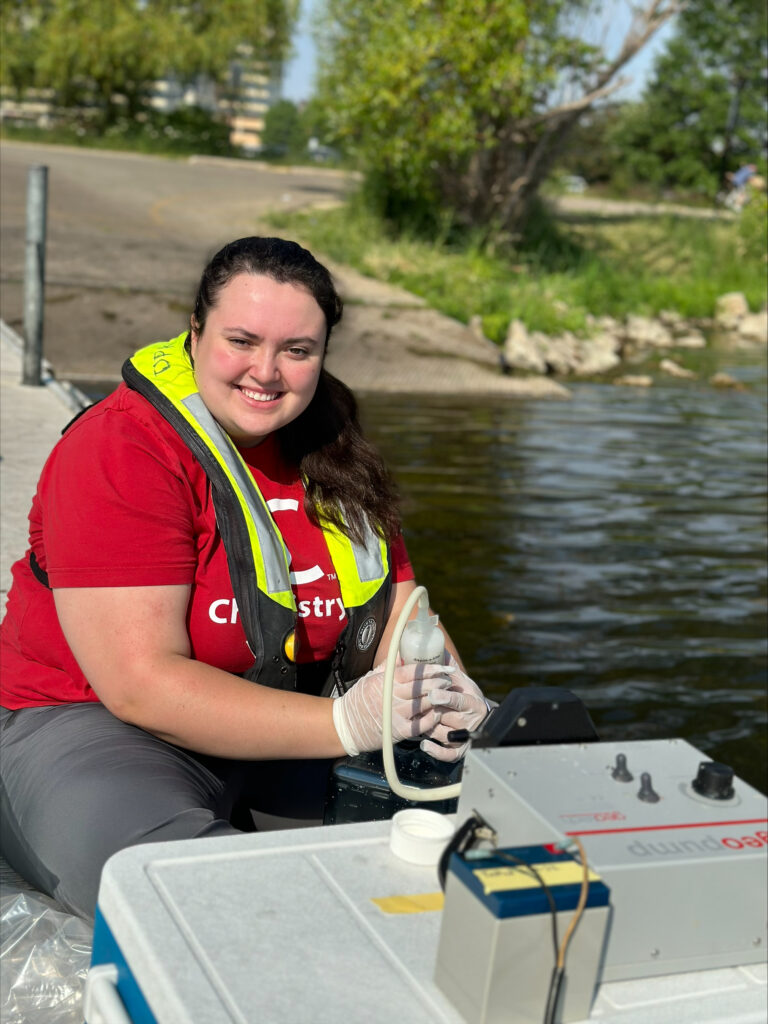
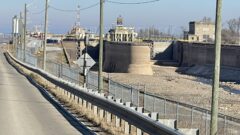
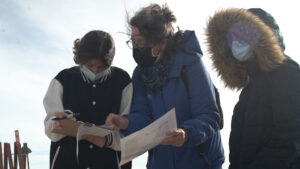
 draws out skills from those students, including their contributions to one of Moser’s favorite projects—
draws out skills from those students, including their contributions to one of Moser’s favorite projects—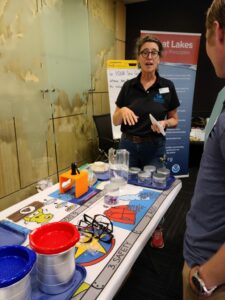
 enrolled in the iSchool. In turn, she draws out skills from those students, including their contributions to one of Moser’s favorite projects—
enrolled in the iSchool. In turn, she draws out skills from those students, including their contributions to one of Moser’s favorite projects—